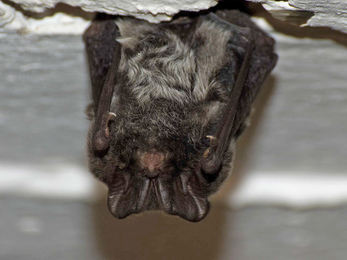Work on the site preparation for Sizewell C construction is underway and whilst we still believe the location is unsuitable given the area is so important for wildlife and the risk remains high, we continue to work closely with the developer, the planning authority, the Environment Agency, Natural England and the RSPB to lessen the impact and risk on wildlife.
We remain focussed on the key areas of risk to nationally protected habitats and species to ensure our efforts and resources result in the very best wildlife outcomes.
The construction of the new ‘platform’ on which Sizewell C will rest borders Sizewell Marshes Site of Special Scientific Interest (SSSI). Part of the SSSI is nationally rare fen habitat consisting of incredibly scarce and sensitive plants. We are very concerned how the platform might affect the hydrology of the SSSI as many of these rare plants rely on high water quality, fed by groundwater. The risk is that the platform will over time reduce the influence of the high quality groundwater and replace it with lower water quality from surface water. This continues to be underplayed in our view but through our advocacy and lobbying, the developer has now agreed to shift water quality monitoring from 6 monthly to monthly sampling. This will be critical to quickly pick up any changes that might impact the plants, to enable timely mitigation. We also press hard to ensure that there are adequate, quantifiable botanical surveys of the fen habitats, so if there are changes in the plant community, these are picked up as soon as possible.


